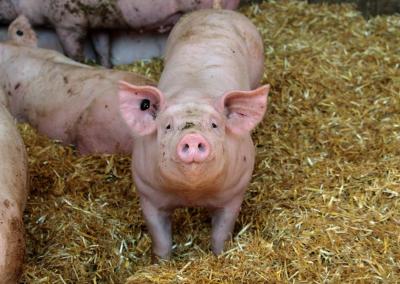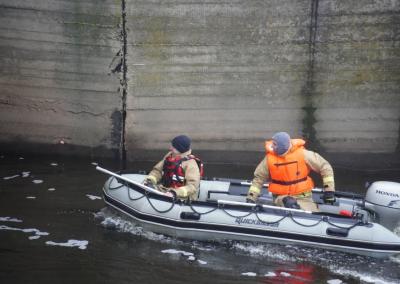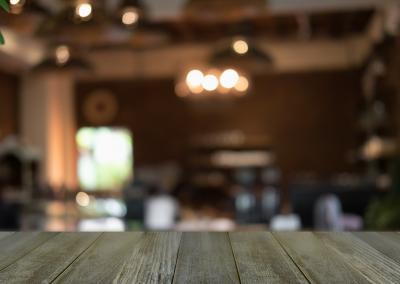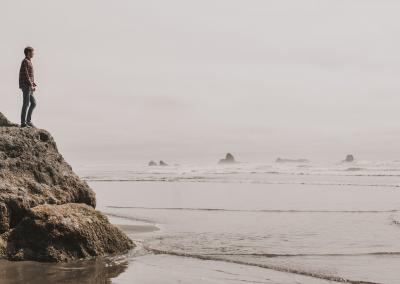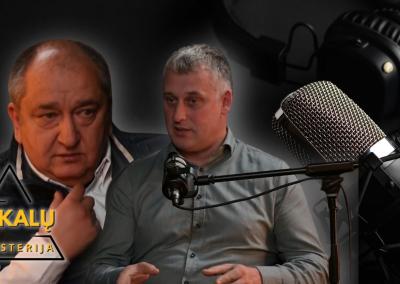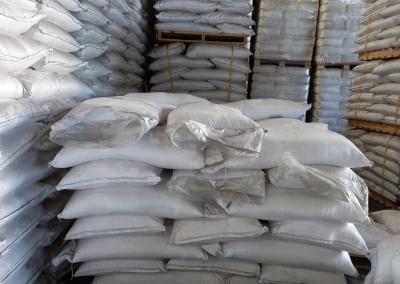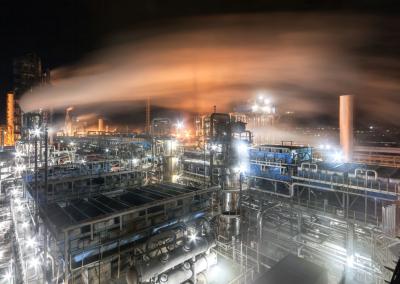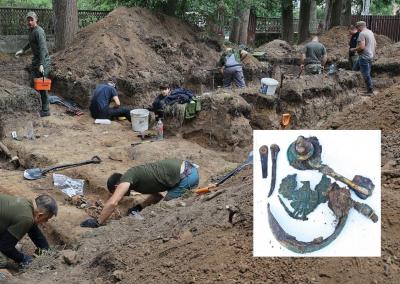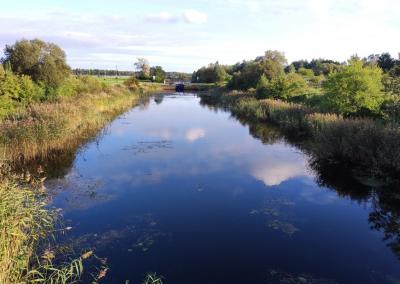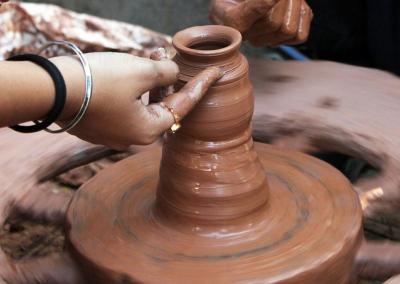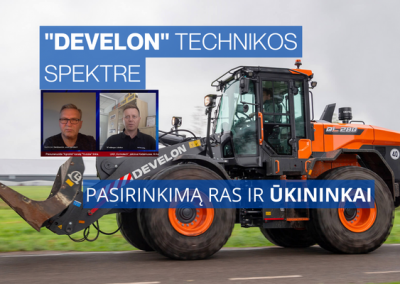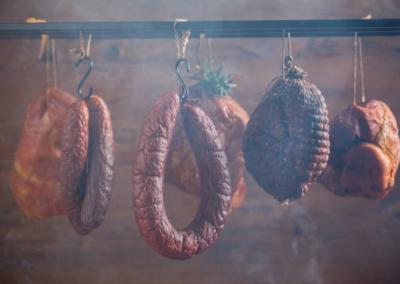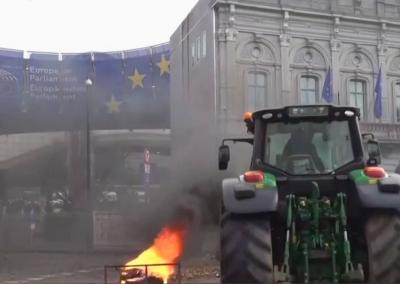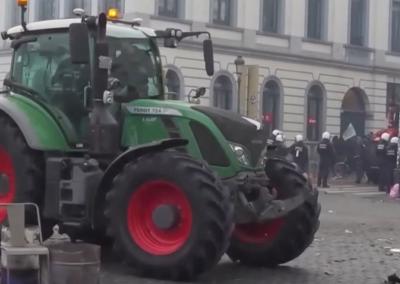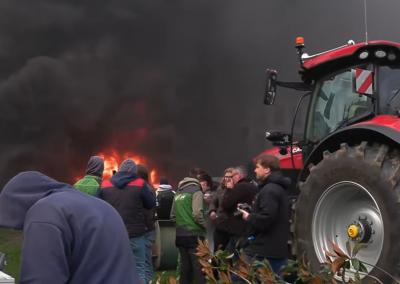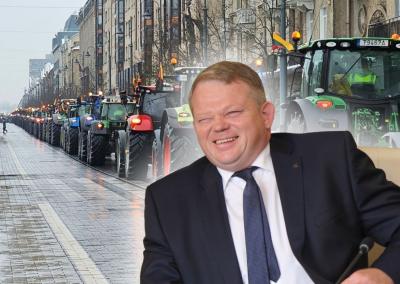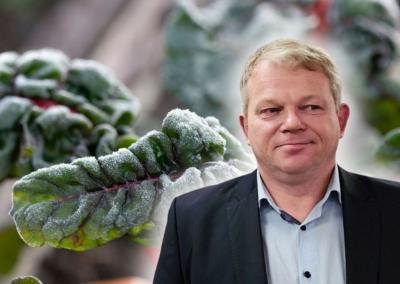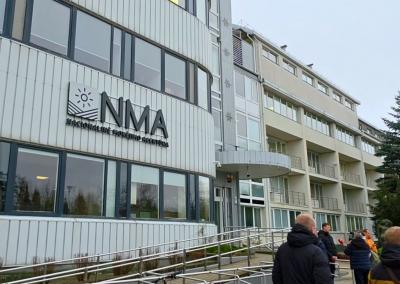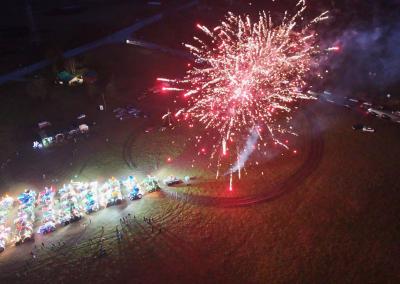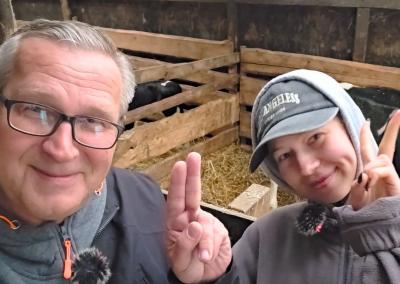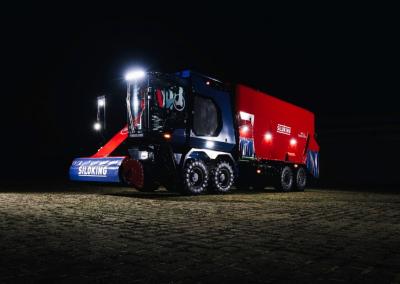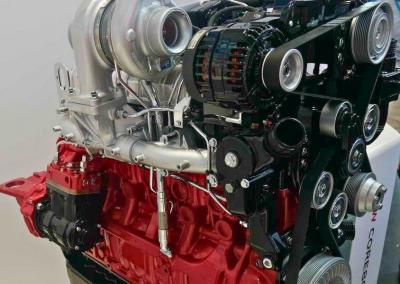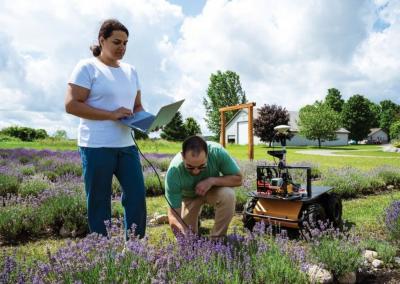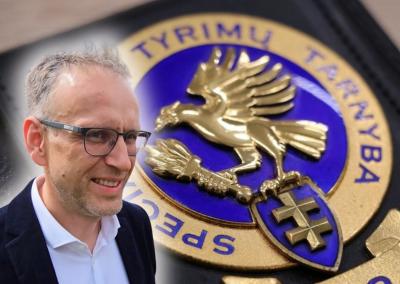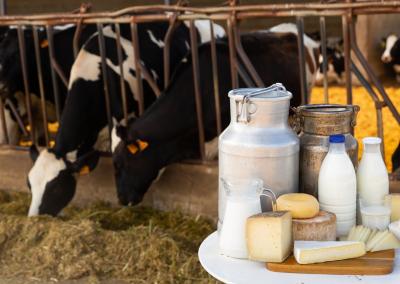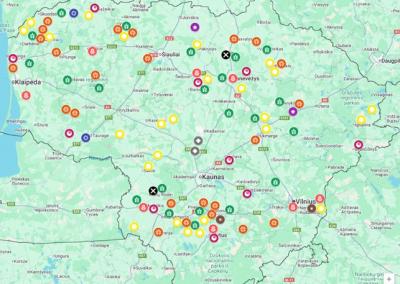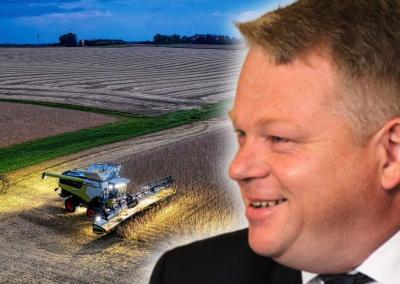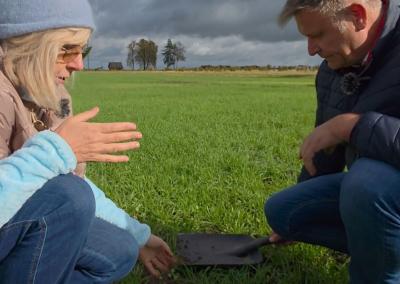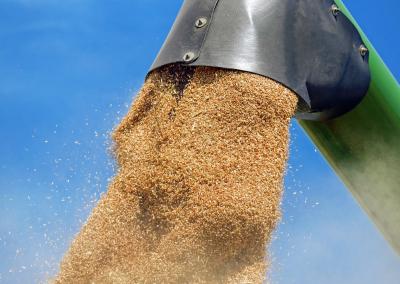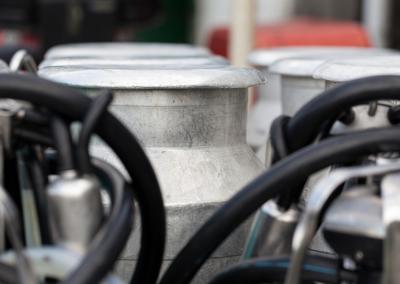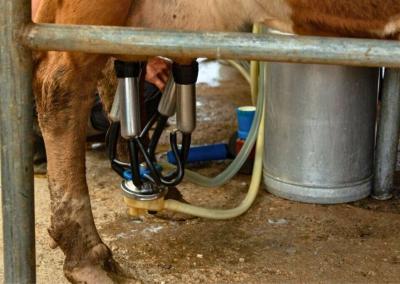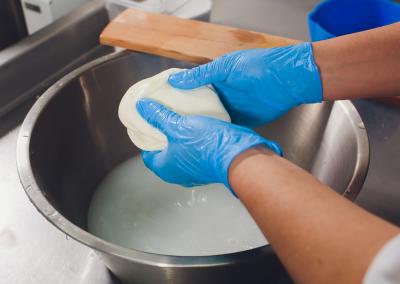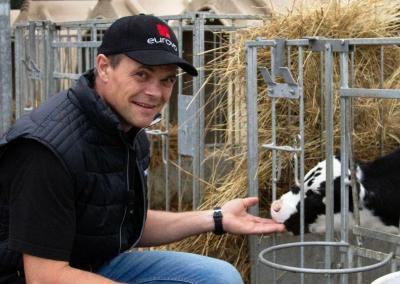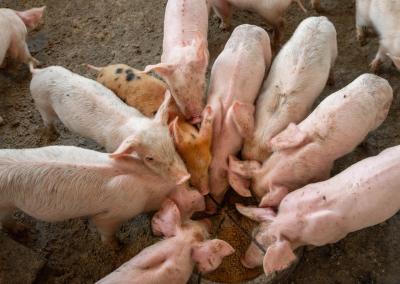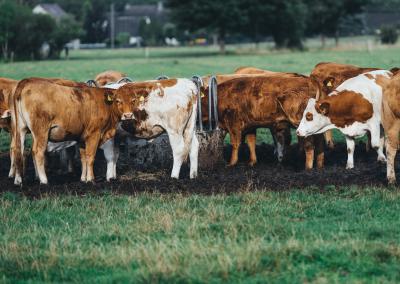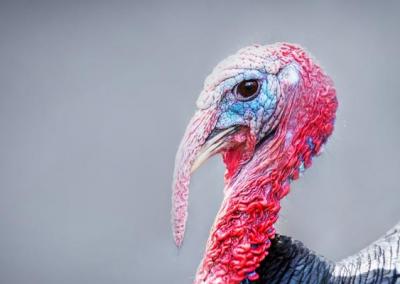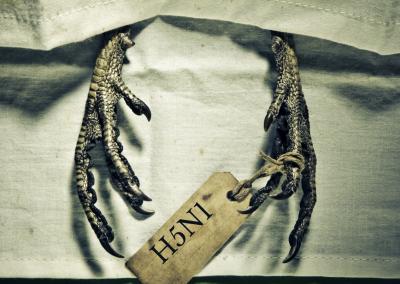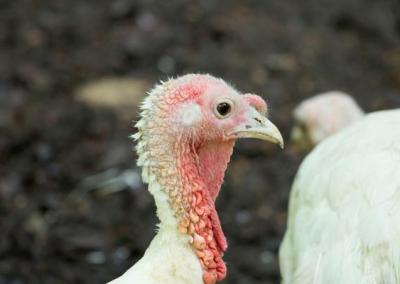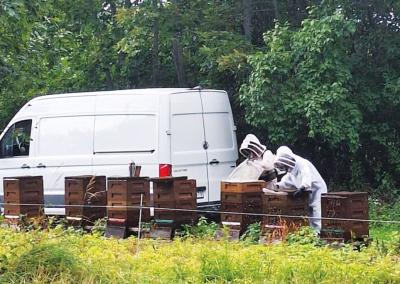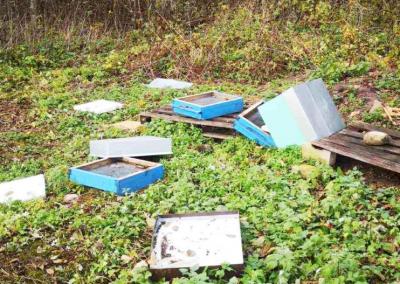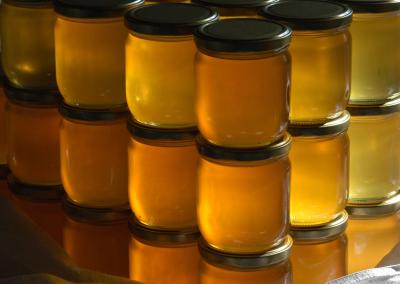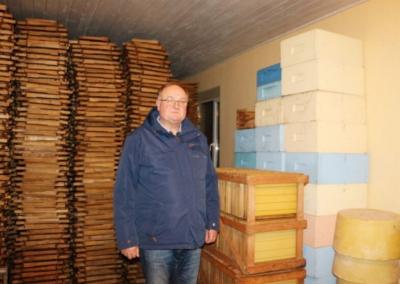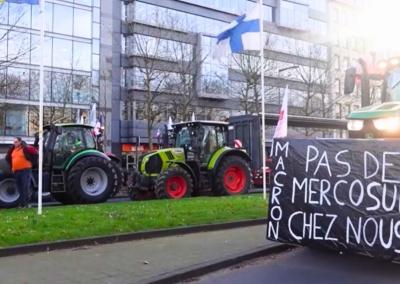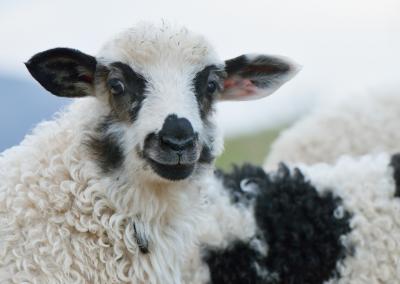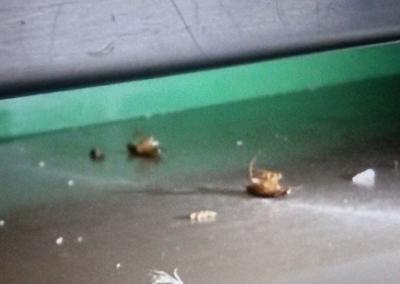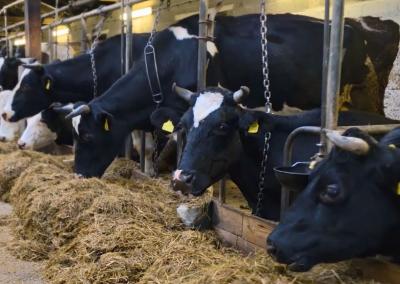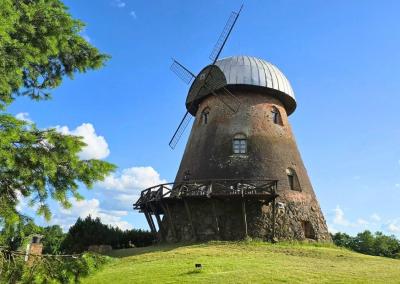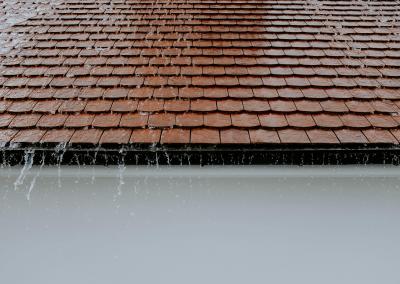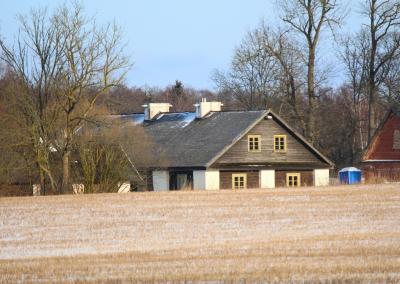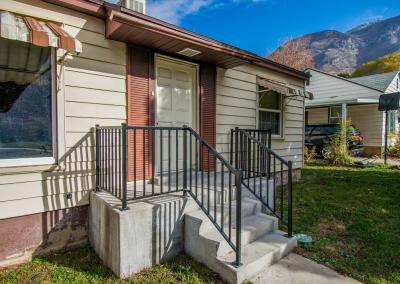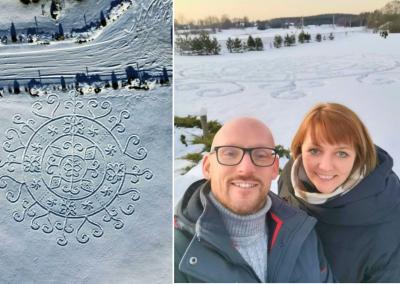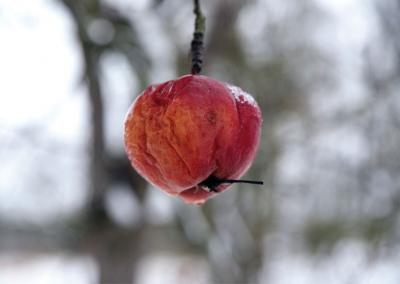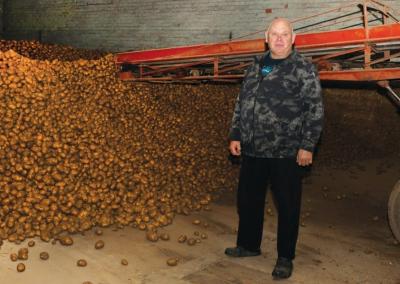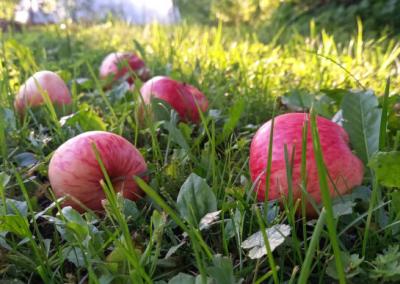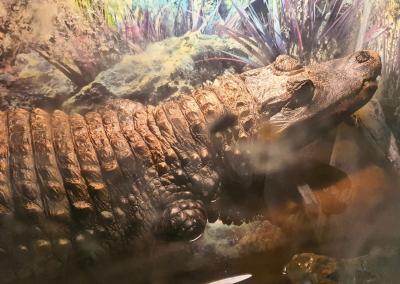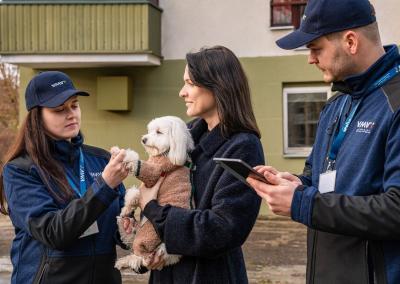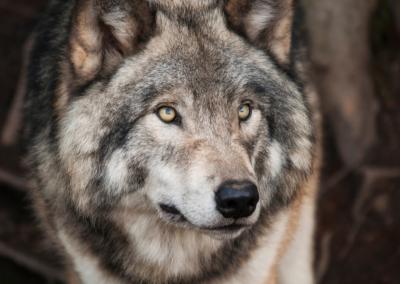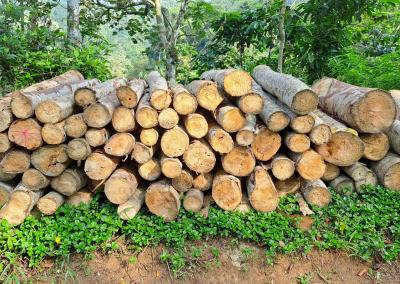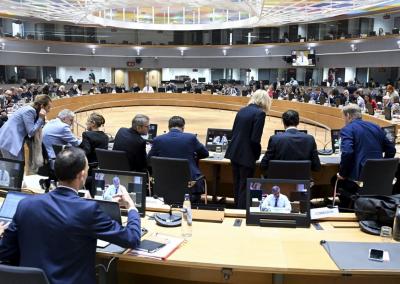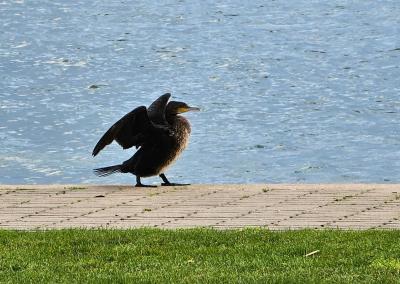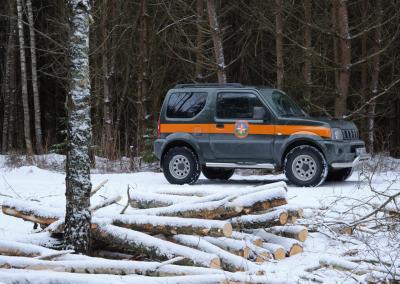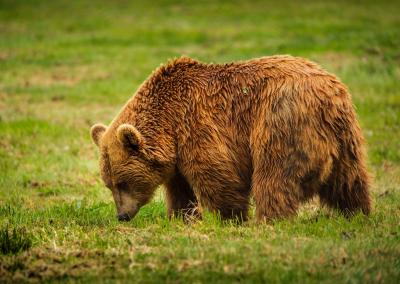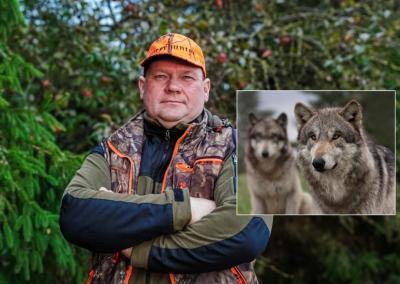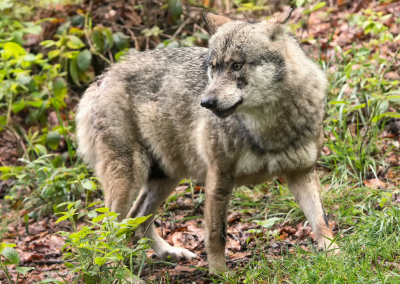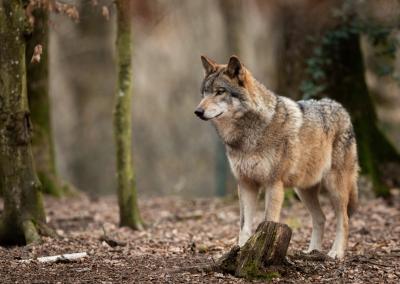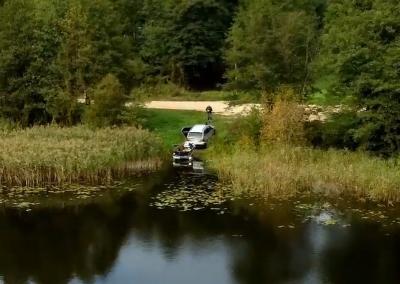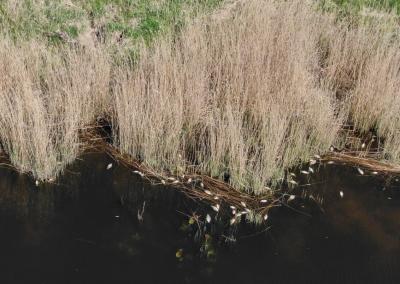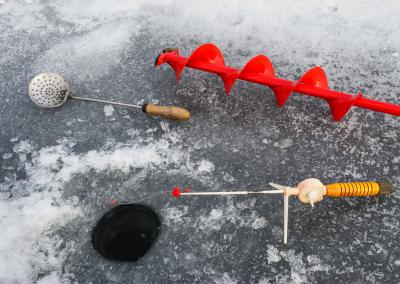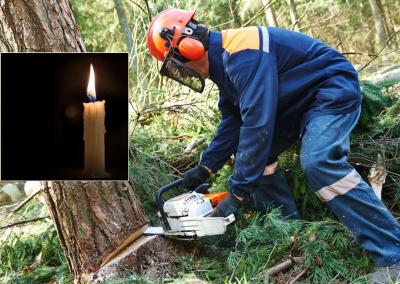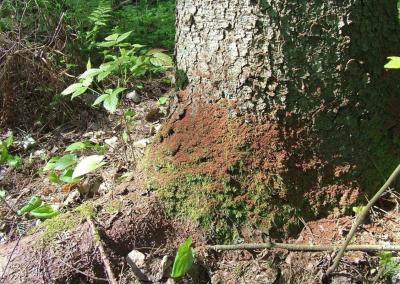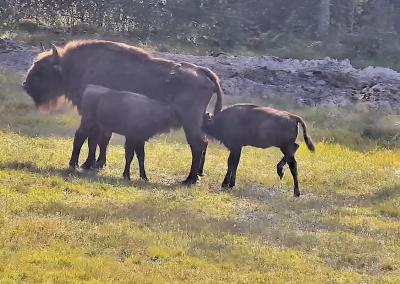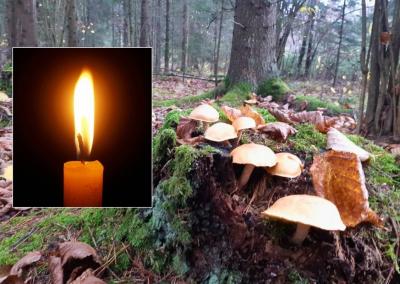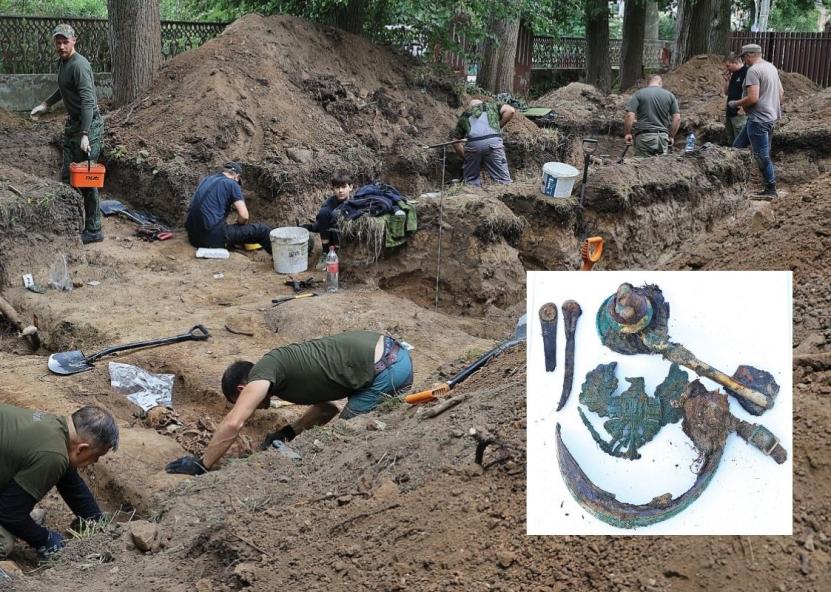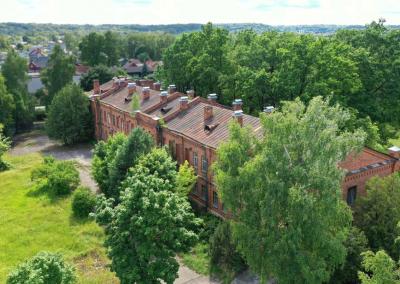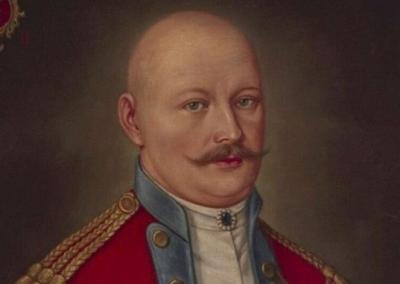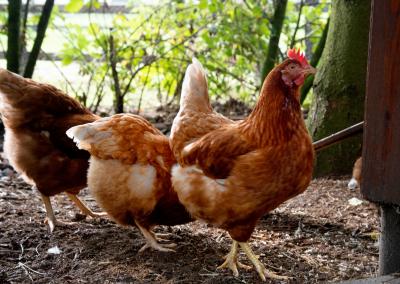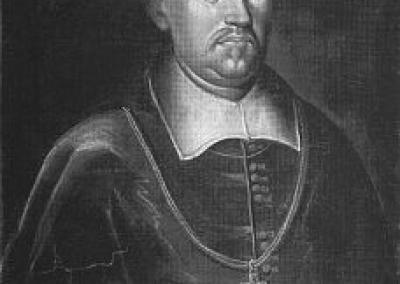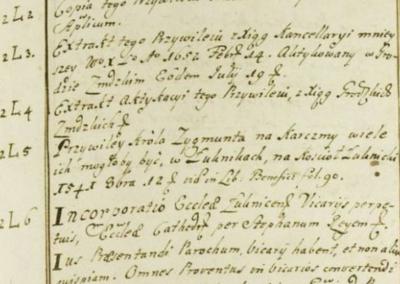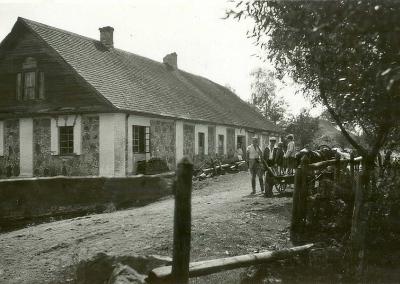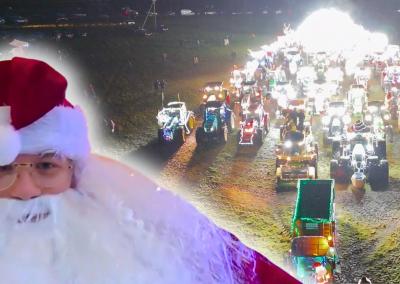German soldiers' remains unearthed in a church churchyard
Archaeologists have been working for more than a week in the churchyard of the former Orthodox Orthodox Church of the Mother of God, Nepriklausomybės Street, Pasvalys. Linas Kvizikevičius, the head of the Public Institution "Cultural Property Protection Service", and archaeologist Mantas Trinkūnas, together with their assistants, members of the service's search team, carried out a special task. The work was assisted by the artefact hunters' club „Metalo broliai“ and by nearby Pasvalieans interested in the history of their town and street.
Dancing used to take place in the courtyard
Archaeologists have exhumed the remains of German soldiers from the First World War. These are the victims of the front that passed through Pasvalys in 1915. At the end of July of that year, our town was occupied by the German Nemunas Army's North Group's Combined Cavalry Corps, and on 28 July, Russian forces counterattacked. The German soldiers buried there had been known about for a long time, and older Pasvalieans still remember the concrete crosses that marked the graves. During the Soviet era, they were taken down, the cemetery was forgotten, and festivals and dances were held at the Orthodox church.
The Orthodox Church, built in 1903, also changed its use after the last war. The sanctuary, which was closed in 1948, was converted into a grain warehouse for a mill. Later, it became the home of the "Dudorius" brass band club, whose leader Algirdas Mikalauskas told us a lot about the place. Inside the building, theatre performances were shown.
Hasty burial
According to information gathered in advance, archaeologists expected to find up to ten remains. However, once the research began and a special search technique was applied, the exact locations of the graves were identified. Many more were found.
„When we uncovered the whole area, we saw two rows of neat graves. It then became clear that there would be many more than expected. This is no ordinary burial ground, but a cemetery formed by the Germans themselves – all the bodies are neatly buried. We expected the expedition to last a few days, but the much larger number of burials meant that it would take us several times longer," said Mantas Trinkūnas, an archaeologist from Vilnius, at the height of the work.
The most surprising thing about the cemetery, he said, was that although it was neatly laid out, most of the soldiers were buried in a hurry. „We can tell this by the position of the remains, some were laid on their side or even on their stomachs. Obviously, many of the bodies were brought directly from the battlefield. Most of them were killed with severe artillery injuries, especially in the head area," explained the expert. In one grave, the remains of two people were found.Hussars also died
Archaeologists found 37 remains, all of them – dead German soldiers. The graves indicate that the soldiers included Hussars, who belonged to the cavalry of the Kaiser's German army. Fragments of the uniforms they wore, buttons, remnants of shoes with pentacles, belt buckles with the German inscription "God be with us" were preserved. Archaeologists have recovered several remains of Pickelhaube helmets. Many of us have seen a helmet with a spike on the top of the head. As the helmets themselves were made of leather and had decayed, only the spikes and decorations made of brass – the symbol of the German Empire, the eagle, were found. A rosary, a drinking flask, several soldiers wore a spoon in the aureole of their shoe, a cross around their neck and one had ornamental dentures.
During and after the war, the cemetery was maintained and cleaned, with memorial crosses bearing soldiers' names, surnames, military ranks, dates of birth and death. During the Soviet occupation, everything German was destroyed.
According to the archaeologist M. Trinkūnas, it is obvious that all the remains had been disturbed, especially the bones in the chest area. This was done some time after the burial. In the interwar period, this was a way for Germans to search for their relatives. Normally, Germans would leave a token with the deceased to identify the person, but when we explored this cemetery, we found only three,“ – he was surprised.
Everyone can helpAfter all the remains have been recovered, anthropological tests will be carried out to determine the approximate age of the deceased and the injuries sustained. The data will go to Germany. The remains will then be respectfully reinterred at the Aukštieji Šančiai Military Cemetery in Kaunas. It may take about a year.
„We are feeling a lot of interest from local people, some of whom are volunteering to exhume the remains themselves. There are not many World War I archaeological investigations commissioned in Lithuania, but each expedition is interesting and unique. I am happy to contribute to ensuring that as many soldiers as possible are laid to their eternal rest in their rightful place," said archaeologist M. Trinkūnas, who has been searching for the remains of German soldiers and Lithuanian partisans for almost a decade.
The archaeological research in the churchyard of the Orthodox church was commissioned by the Pasvalys district municipality. „We do not know what the future of the Orthodox church and the churchyard plot will be, so it is better to hedge your bets and remove the remains earlier than to have surprises later. In addition, we will clarify the historical data“, – briefly explained the Heritage Officer Gražvydas Balčiūnaitis. He mentioned that there were also burials of German soldiers in Vaskai and Saločiai, but only Joniškelis has an approximate location, where a memorial monument has recently been erected.
The archaeologists would greatly benefit from the knowledge of Pasvalys. Anyone who still remembers what the Orthodox cemetery looked like before its destruction, or who has old photographs, please contact us at +370 689 38 888 or by e-mail at grazvydas.balciunaitis@pasvalys.lt. Any information on the likely burial sites of Lithuanian partisans or Hitler's Germany is also important.
